This story was originally published in a SCAR news article and has been adapted for WIPAC/IceCube.
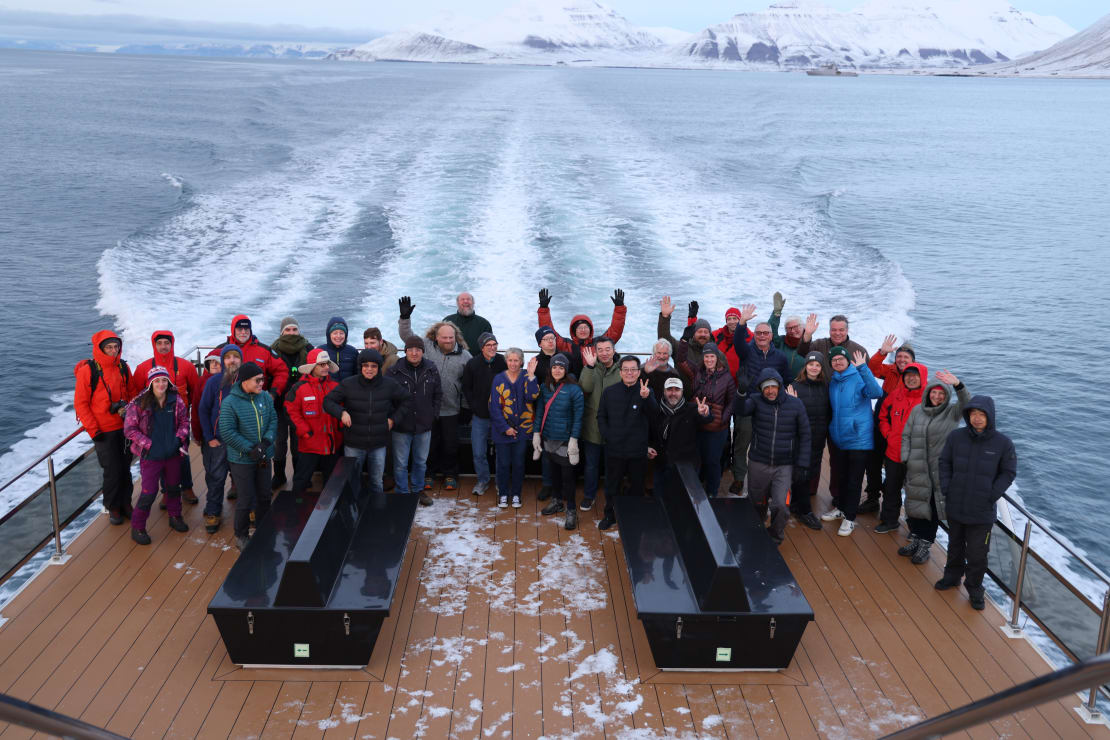
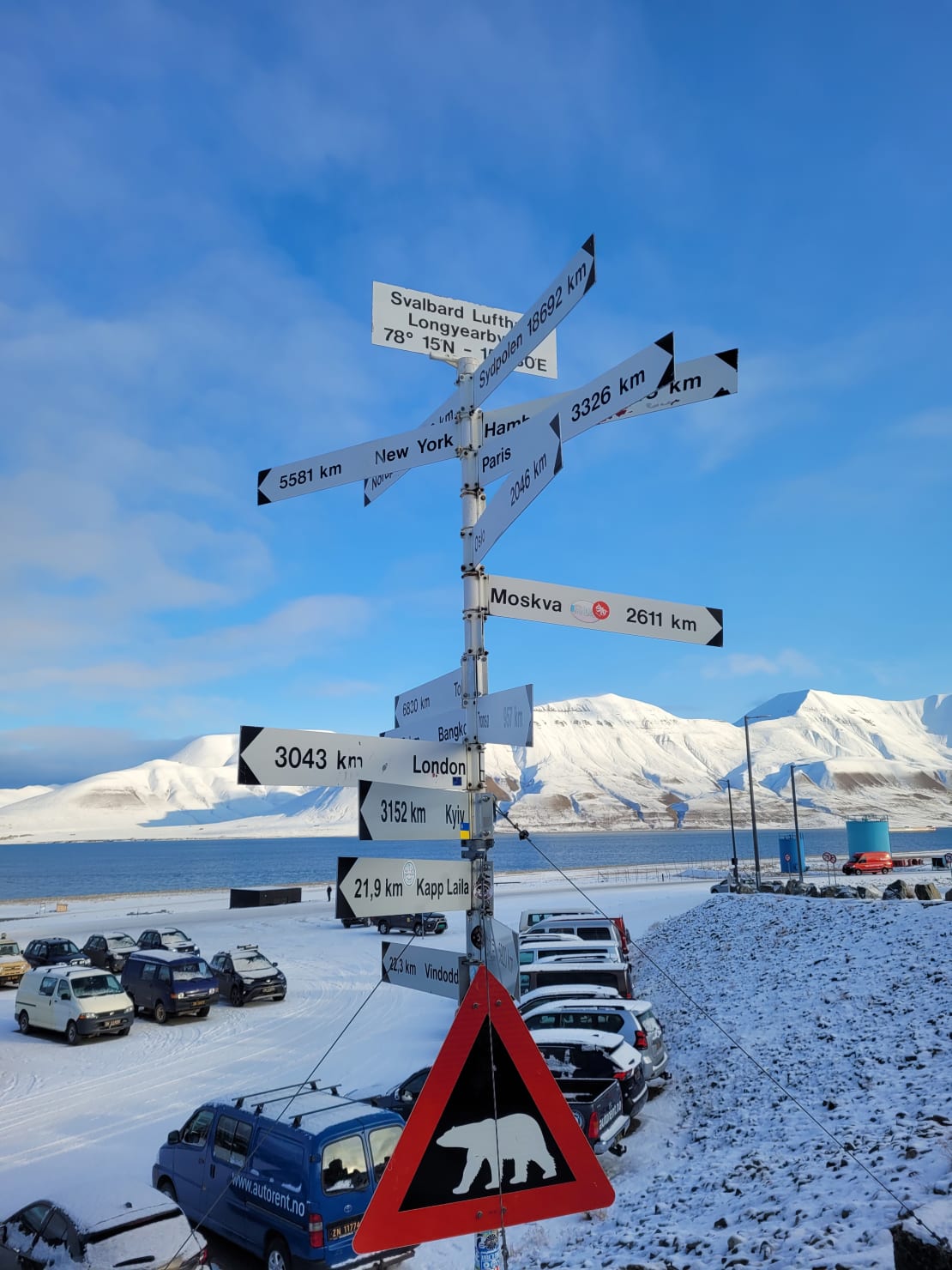
The seventh meeting of the Scientific Committee on Antarctic Research Astronomy and Astrophysics from Antarctica (SCAR AAA) was held September 19-21, 2023, about 1400 km from the North Pole in the northernmost town in the world, Svalbard, Norway. The three-day workshop brought together dozens of researchers from nine countries to discuss, coordinate, and promote astronomical and astrophysical activities in Antarctica. The Wisconsin IceCube Particle Astrophysics Center (WIPAC) was well represented at the workshop, having many active members of the SCAR AAA. SCAR AAA works to optimize outcomes from international investments in Antarctic research and to maximize opportunities for productive interactions with other disciplines.
The workshop kicked off with a welcome by WIPAC Interim Director Jim Madsen, who was also a member of the organizing committee. At the meeting, the uniqueness of the extreme Antarctic environment as a viewing platform to explore the universe was evident in talks that covered microwave, infrared, optical, and neutrino astronomy and cosmic ray research.
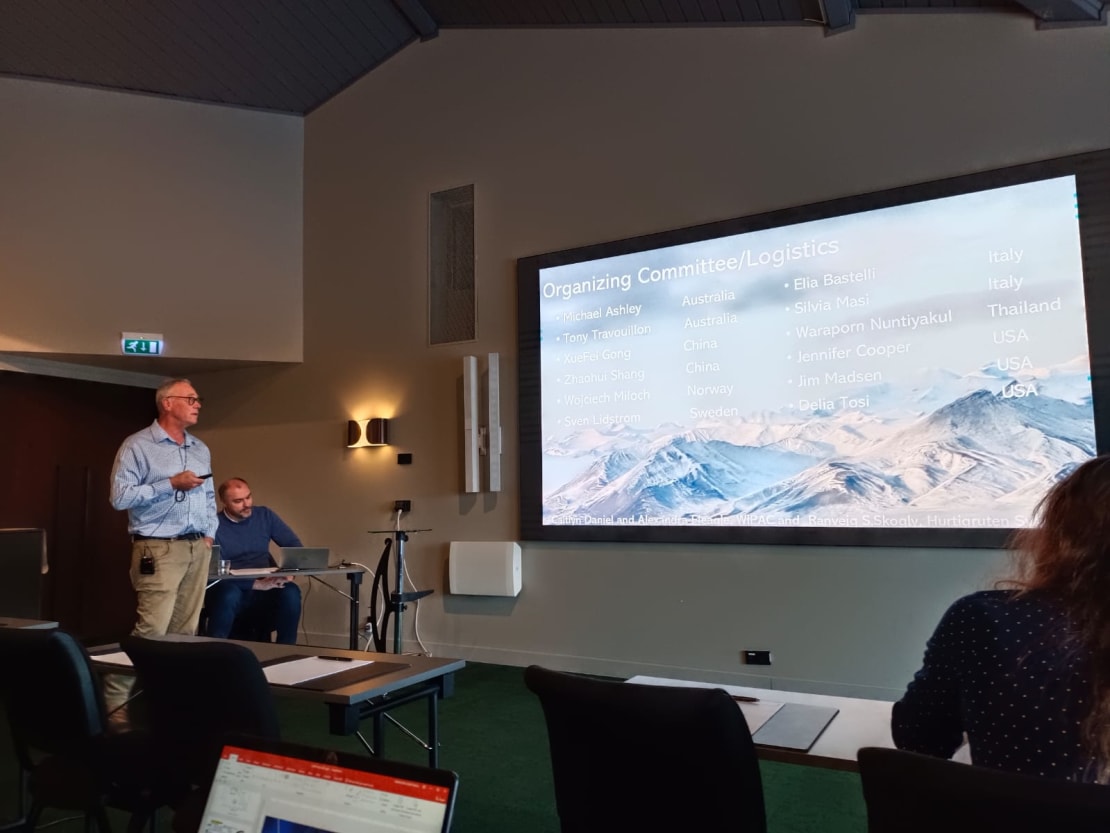
Other presentations described how the trip to and from Antarctica provides an opportunity to investigate lower energy cosmic rays using shipborne neutron monitors—the changing geomagnetic field with latitude acts as a natural energy selector to investigate solar energetic particles. The quest to see the imprint of the very earliest epochs of the universe on the cosmic microwave background was also a recurrent theme.
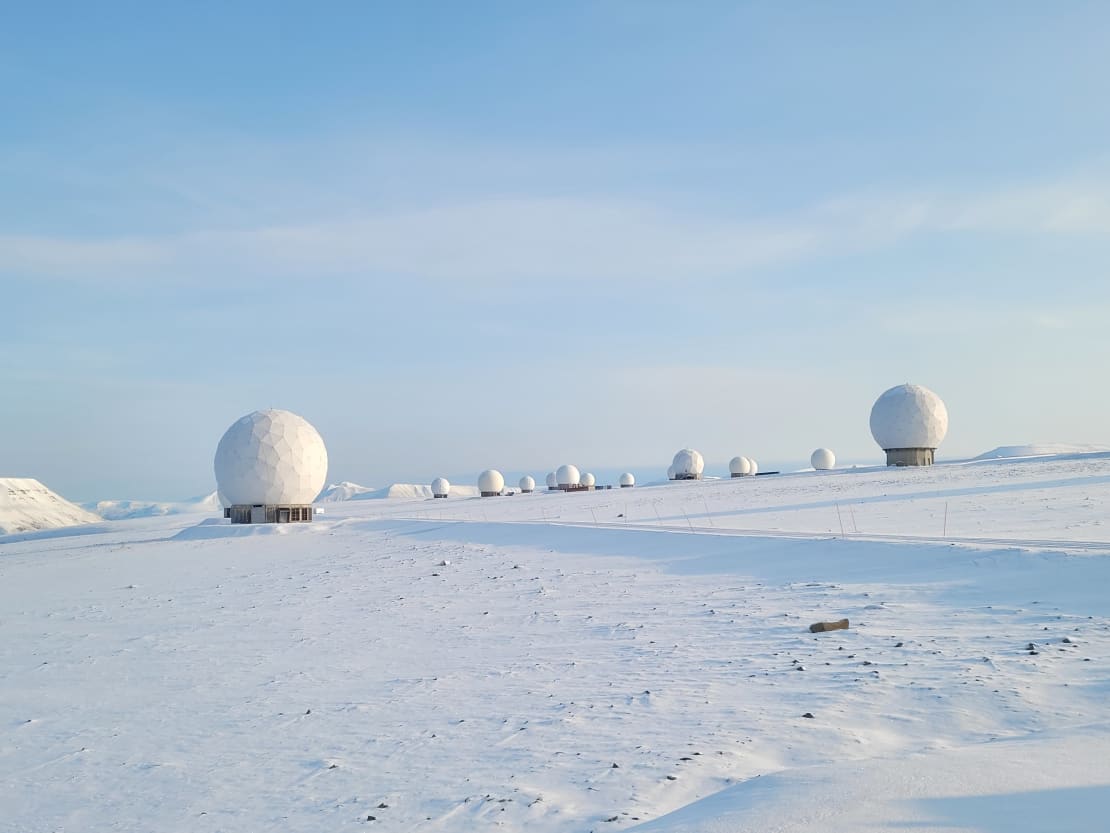
There were also plenty of opportunities to take in the beautiful Arctic landscape, including a trip to the Svalbard Satellite Station operated by Kongsberg Satellite Services.
The meeting ended with a series of talks related to the detection of neutrinos, an active area of research in both the Arctic and Antarctic. Recent results from the South Pole IceCube Neutrino Observatory were presented by IceCube director of operations John Kelley, with WIPAC senior scientist Mike DuVernois presenting on upgrades and future plans for IceCube. Martin Rongen, a postdoctoral researcher at Universitaet Erlangen-Nuernberg, described advances in modeling the optical properties of the ice, critical for accurately determining the path of the neutrinos. WIPAC scientist and polar instrumentation specialist Delia Tosi presented on the Radio Neutrino Observatory in Greenland (RNO-G), an arctic project currently underway that looks for radio signals produced from very high energy neutrino interactions.
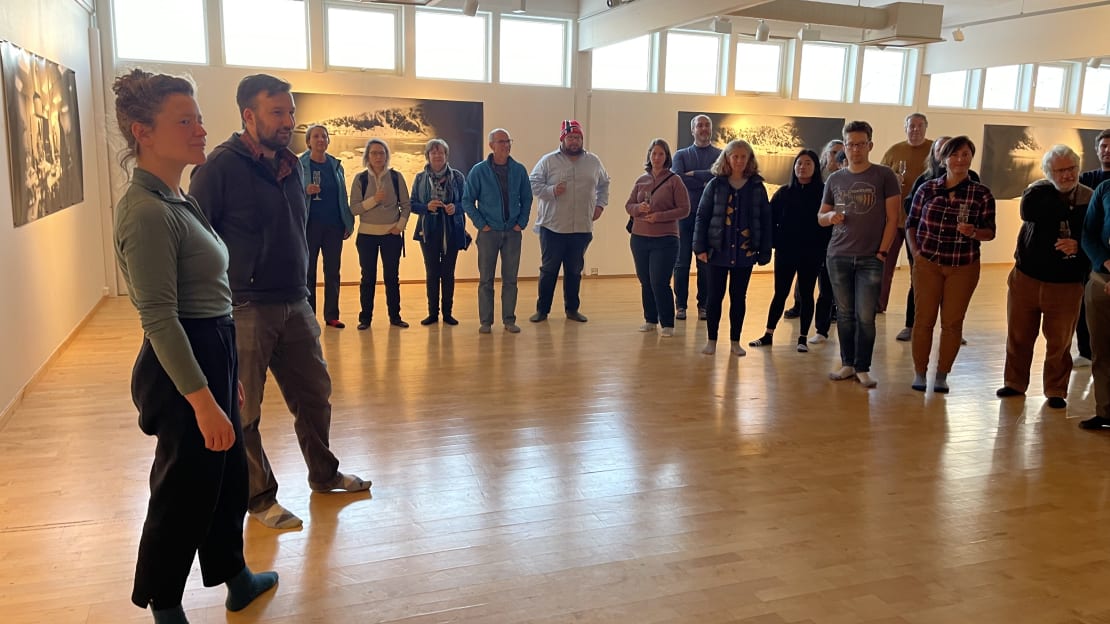
Tying this meeting all together was a presentation and art show of large format prints taken by Los Angeles–based artist, Tristan Duke. Duke returned to Svalbard to present images he captured of glaciers there two years earlier using lenses made from the location’s own glacial ice. He also presented a first look at images made earlier this summer during a weeklong residency at WIPAC.
The next in-person meeting of the SCAR AAA will be held at the SCAR Open Science Conference in Pucón, Chile, from August 19-23, 2024.